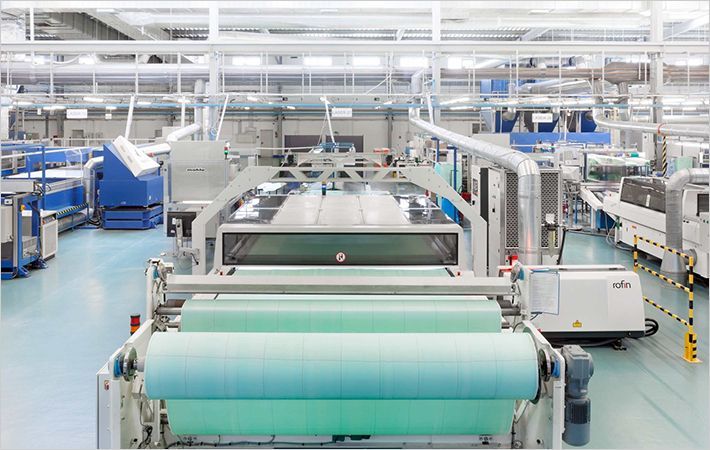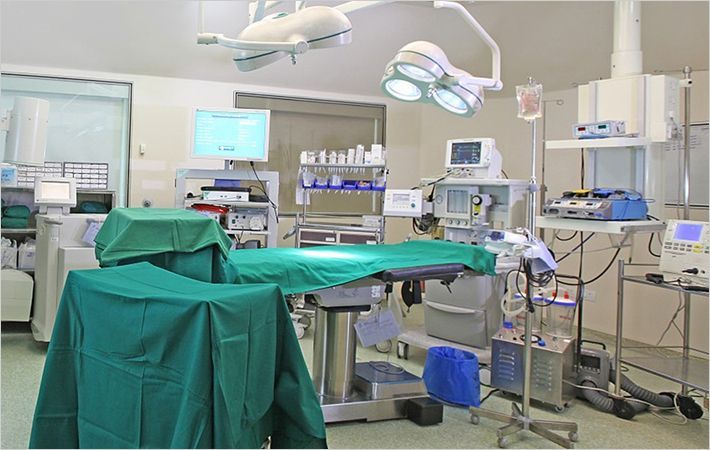The Messier-Bugatti-Dowty plant owned by Safran in Villeurbanne, France and which produces carbon brake disks for both aircraft and automobiles, celebrated its 30th anniversary on June 5.
To mark the anniversary, it also unveiled two new brake test rigs or test facilities, which are primarily intended to test the type of carbon material produced by the company, worldwide.The Messier-Bugatti-Dowty plant owned by Safran in Villeurbanne, France and which produces carbon brake disks for both aircraft and automobiles#
“The test facilities will be used to measure the reliability and effectiveness of brakes for all types of commercial, business and military aircraft, under all operating conditions,” Safran said in a press release.
According to Safran, the Villeurbanne plant is already a major contributor to applied research on friction materials and an international centre of excellence in carbon composites.
Safran was able to count on financial support from the Rhône-Alpes region and the City of Lyon for this major investment amounting to €5 million.
Messier-Bugatti-Dowty CEO Vincent Mascré said, "The new test facilities are an important part of the plant's technological development for the long haul.”
“In fact, this site already hosts a major research center and the new test rigs will also further anchor production-related activities at the plant,” he added.
In 1985, the plant produced the first disks for carbon brakes on aircraft, an alternative to the steel brakes that were then standard equipment.
Vincent Mascré also reminded guests at the inaugural ceremony of Messier-Bugatti-Dowty's key role in the aviation industry in the Rhône-Alpes region.
He said, "We are celebrating 30 years of an exciting human story, bringing together the deep technological excellence of our researchers with our long-standing production expertise.”
“The Villeurbanne plant also draws on the long tradition of textile know-how in the Lyon area, showing that history and tradition can play a role in driving modern success and innovation," he observed.
Since being introduced in 1986 on the Airbus A310, the application of carbon brakes has continued to expand on commercial jetliners, and they are now used on more than half of these airplanes.
Materials have also developed over the years, becoming even lighter and stronger and the latest generation of carbon composites produced in Villeurbanne reduces carbon wear and tear by 30 per cent. (AR)
Fibre2fashion News Desk - India

